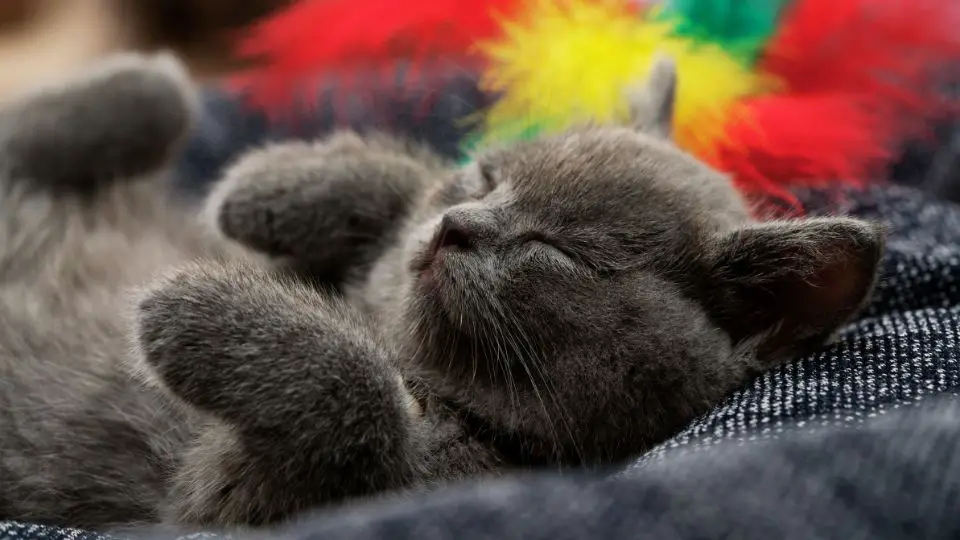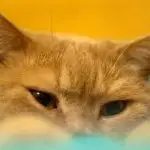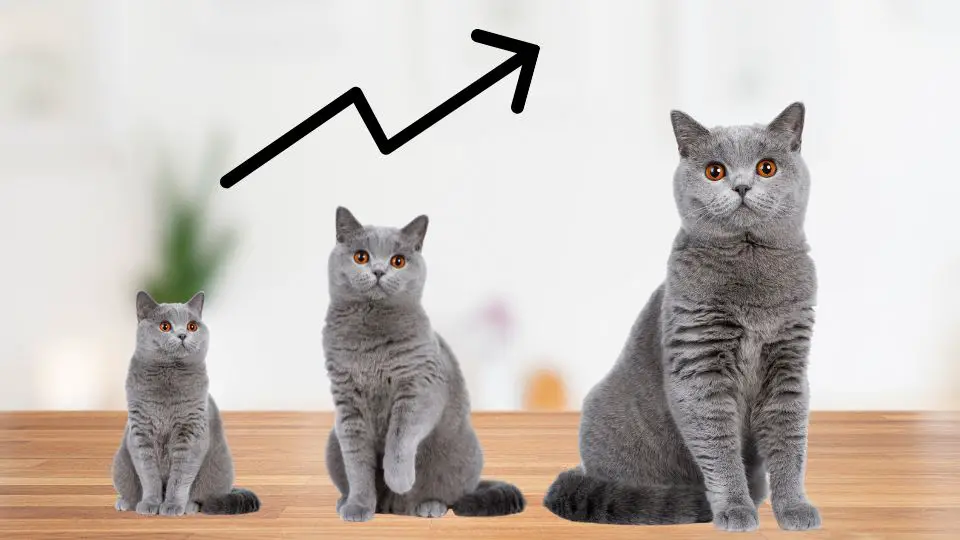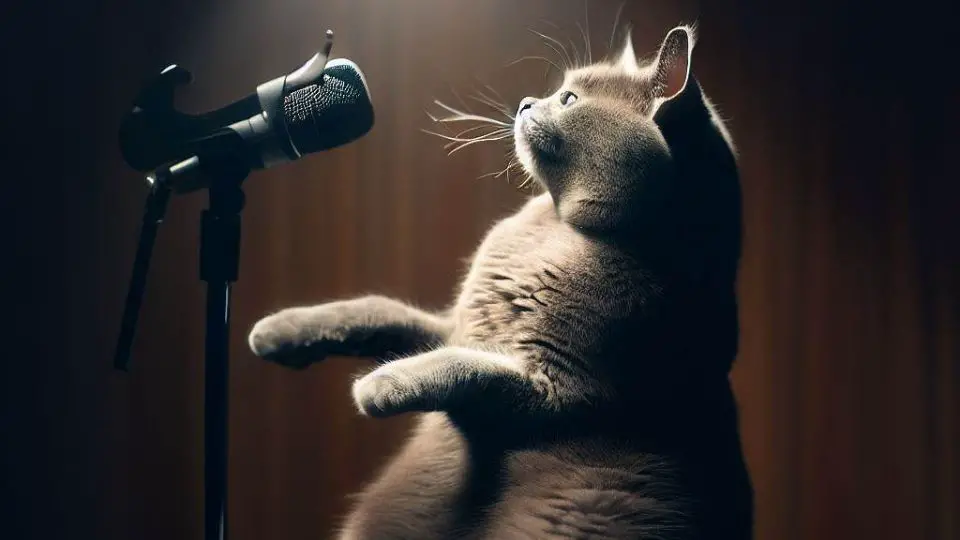Are British Shorthairs lazy? This is a question that often comes up when discussing the personality and behavior of these adorable feline companions.
British Shorthairs are known for their calm and relaxed demeanor, which might lead some to assume that they are lazy.
However, in this article, we’ll delve deeper into the nature of British Shorthairs and explore the factors that contribute to their seemingly laid-back lifestyle. Let’s uncover the truth behind their perceived laziness and gain a better understanding of their unique temperament.
Understanding the British Shorthair breed
The British Shorthair breed is widely known for its calm and relaxed demeanor. These cats have a natural inclination for tranquility and often prefer a laid-back lifestyle. They are not typically as active or energetic as some other breeds, which contributes to their reputation for being “lazy.”
One of the defining characteristics of British Shorthairs is their independent nature. They are content in their own space and enjoy their solitude. Unlike more demanding or attention-seeking breeds, British Shorthairs are perfectly happy spending time alone and entertaining themselves.
This independent streak can be attributed to their history as working cats. Originally bred to help control vermin in homes and farms, British Shorthairs developed a self-sufficient nature that allowed them to handle tasks on their own. They are not as reliant on constant human interaction as some other breeds.
Note that while British Shorthairs may have a more relaxed temperament, they still enjoy companionship and affection from their owners. They may not seek attention as actively as some breeds, but they often form strong bonds with their human family members and appreciate quiet moments of closeness.
Factors influencing activity levels
The activity levels of British Shorthair cats, or any cat for that matter, can be influenced by several factors. Understanding these factors can help pet owners provide appropriate care and stimulation for their furry friends.
Genetic predisposition and breed characteristics
British Shorthairs are known for their calm and laid-back nature. Their genetics play a role in their activity levels, as some breeds are naturally more energetic than others. While British Shorthairs are generally less active, individual cats may still exhibit variations in energy levels.
Age and stage of life
Kittens and young cats tend to be more playful and energetic as they explore their surroundings and engage in playful behaviors. As cats mature and enter adulthood, their activity levels may decrease. Senior cats, in particular, may become more sedentary and spend more time sleeping or resting.
Individual personality
Just like humans, cats have their own unique personalities. Some cats are naturally more active and playful, while others are more laid-back. This individual variation can be influenced by factors such as temperament, upbringing, and experiences.
Health conditions
Certain health conditions, such as obesity, arthritis, or other medical issues, can impact a cat’s activity levels. Cats experiencing discomfort or pain may become less active and prefer to rest. You have to monitor your cat’s health and consult with a veterinarian if you notice any changes in their activity levels.
Activity and exercise requirements
Regular exercise is beneficial for British Shorthairs for several reasons. It helps prevent obesity, which can lead to various health issues. Engaging in physical activities also promotes muscle tone, joint flexibility, and cardiovascular health. Additionally, exercise provides mental stimulation, preventing boredom and destructive behaviors.
Here are some suitable activities and playtime ideas for British Shorthair cats:
- Interactive toys: Use toys that encourage your cat to engage in active play, such as feather wands, laser pointers, or interactive puzzle toys. These toys can simulate hunting and keep your cat entertained.
- Play fetch: Some British Shorthairs enjoy playing fetch with small, lightweight toys. Toss the toy gently and encourage your cat to retrieve it. This activity provides physical exercise and mental stimulation.
- Cat trees and climbing structures: British Shorthairs enjoy climbing and perching. Provide a cat tree or other climbing structures to allow them to engage in vertical activities, helping them stretch their muscles and satisfy their natural instincts.
- Rotating toys: Keep a variety of toys available and rotate them regularly to prevent boredom. British Shorthairs can lose interest in toys if they are always available, so introducing new toys periodically can keep them engaged.
- Indoor agility course: Create an indoor obstacle course using tunnels, boxes, and ramps to provide a stimulating and challenging environment for your British Shorthair to explore and exercise.
Remember to tailor the activities to your cat’s age and physical abilities. Observe their preferences and adjust accordingly. You should spend quality playtime with your British Shorthair, as it strengthens the bond between you and provides mental and physical stimulation.
Managing a British Shorthair’s energy
British Shorthairs are intelligent cats that enjoy engaging their minds. Incorporating interactive toys and puzzles into their daily routine can help keep them mentally stimulated and prevent boredom. Puzzle feeders, treat-dispensing toys, and interactive playtime sessions can all provide opportunities for your British Shorthair to engage in problem-solving activities and exercise their cognitive abilities. Based on my observations, British Shorthairs often thrive when presented with these types of mentally stimulating toys.
Create an enriching environment
Physical exercise is just as important as mental stimulation for a British Shorthair. These cats have a natural inclination to climb and explore their surroundings. Providing them with scratching posts, cat trees, and other climbing structures can help satisfy their instinctual needs while also offering opportunities for exercise. I have observed that British Shorthairs enjoy perching on high platforms and observing their surroundings, so incorporating vertical spaces in their environment can be beneficial.
In addition to scratching posts and climbing structures, interactive toys that encourage physical activity, such as feather wands or laser pointers, can be great tools for engaging your British Shorthair in play sessions. Regular playtime not only helps burn off excess energy but also strengthens the bond between you and your cat.
Remember, every British Shorthair is unique, and their energy levels may vary. Observe and understand your cat’s preferences and adjust their exercise routine accordingly. Some cats may prefer shorter, more intense play sessions, while others may enjoy longer periods of activity. Finding the right balance based on your British Shorthair’s needs and energy levels is key to managing their energy effectively.
Potential Risks of Inactivity
Sitting all day, lazing around, and indulging in relaxation may seem like a dream for many, but when it comes to our furry friends like British Shorthairs, excessive inactivity can pose certain risks to their health and well-being.
Weight Gain and Obesity
In my experience, British Shorthairs have a tendency to gain weight easily. Their naturally calm demeanor coupled with a lower activity level can make them prone to obesity. Carrying excess weight can lead to a range of health problems, such as joint issues, heart disease, diabetes, and a shorter lifespan.
Muscle Weakness and Loss
When British Shorthairs don’t engage in regular physical activity, their muscles can become weak and atrophied. This can lead to decreased mobility and difficulty in performing daily tasks. Regular exercise helps maintain muscle strength, mobility, and overall physical fitness.
Lack of Mental Stimulation
In my observations, British Shorthairs are not just physically inactive but also tend to have a calmer disposition. However, it’s important to remember that mental stimulation is equally important for their well-being. Without engaging their minds in stimulating activities, they can become bored and may exhibit behavioral issues like excessive meowing or destructive behavior.
Increased Risk of Urinary Tract Problems
British Shorthairs are predisposed to urinary tract issues, and inactivity can exacerbate the risk. Lack of movement and exercise can lead to decreased muscle tone in the bladder and urethra, increasing the likelihood of urinary tract infections and blockages.
To mitigate these risks and promote a healthy lifestyle for your British Shorthair, here are some tips:
- Encourage playtime: Engage your British Shorthair in interactive play sessions using toys that encourage physical activity and mental stimulation. This can include feather toys, laser pointers, or puzzle toys that dispense treats.
- Provide climbing and scratching opportunities: British Shorthairs enjoy vertical spaces, so consider providing cat trees, shelves, or scratching posts to encourage climbing and stretching.
- Establish a routine: Incorporate regular exercise into their daily routine. Set aside dedicated time for play and engage in activities that get them moving, such as chasing toys or playing fetch.
- Monitor their diet: In my experience, maintaining a balanced and portion-controlled diet is crucial to preventing weight gain and obesity. Consult with a veterinarian to determine the appropriate amount and type of food for your British Shorthair’s age, size, and activity level.
Conclusion
In conclusion, while British Shorthairs may be perceived as lazy due to their calm and relaxed nature, it’s important to recognize that their behavior is influenced by various factors. Their natural disposition, breed characteristics, and individual personality all play a role in their activity levels.
It’s crucial not to label them as lazy, but rather appreciate and accommodate their need for a quieter and more serene lifestyle. Providing them with a calm and enriching environment, engaging them in interactive play, and maintaining a healthy diet and weight are key to ensuring their overall well-being.
By understanding and embracing the unique traits of British Shorthairs, we can build a strong bond with them and provide the care they need to thrive in their own peaceful way.







